2004 by the Board of Trustees
of the University of Illinois
All rights reserved
Manufactured in the United States of America
C 5 4 3 2 1

This book is printed on acid-free paper.
Library of Congress Cataloging-in-Publication Data
Cumming, Carman.
Devils game : the Civil War intrigues of Charles A. Dunham /
Carman Cumming.
p. cm.
Includes bibliographical references and index.
ISBN 0-252-02890-2 (cloth : alk. paper)
1. Dunham, Charles A., 18321900.
2. United StatesHistoryCivil War, 18611865Biography.
3. SpiesUnited StatesBiography.
4. SpiesConfederate States of AmericaBiography.
5. JournalistsUnited StatesBiography.
6. Swindlers and swindlingUnited StatesBiography.
7. United StatesHistoryCivil War, 18611865Underground movements.
8. United StatesHistoryCivil War, 18611865Journalists.
9. Lincoln, Abraham, 18091865Assassination.
10. PerjuryUnited StatesHistory19th century.
I. Title.
E467.1.d89c86 2004
973.7'86'092dc21 2003010414
To Joseph Edward Missemer,
who died without finishing his research
on Charles A. Dunham
I do not believe in fighting the Devil with fair play and honesty, and claim the right to use his own weapons.
Charles A. Dunham
PREFACE
The puzzle is far from solved, but in recent years much has been learned of Charles A. Dunham (Sandford Conover), most notorious of the witnesses who swore that Abraham Lincolns assassination had been ordered in Richmond and planned in Canada. A good deal of this newer material unknown to historians for more than a centuryrelates to Dunhams incredible career as a Civil War spy, forger, reptile journalist, and dirty tricks artist and comes from the papers of Joseph Missemer of San Diego, who died in 1964 without completing his extensive research. In the same era, other pieces of the puzzle were assembled by David Rankin Barbee, whose Lincoln collection is at Georgetown University. Current historians, especially James O. Hall (who arranged for preservation of the Missemer notes at the Fords Theatre Museum) and Joseph George Jr., have added more detail, notably from important Joseph Holt papers that became available only in the 1970s.
My own interest in Dunham grew out of work on his intrigues among the Confederates in Canada, and although I can add a few items to the story (especially his 1863 letter to Lincoln proposing a raid on Richmond to capture Jeff Davis), my aim is to build on what others have started, detailing as much as can be told of Dunhams career in the black arts of propaganda and false information. A good deal of that material is still open to interpretation, but some striking patterns emerge. The most significant indicate that Dunham, for an extended period of the war, systematically and ingeniously faked stories damaging Confederates and Northern Peace Democrats. Circumstantial evidence suggests as well that in many of these projects, and in his intrigues in the South and in Canada, he may have worked in collusion with someone at Washington. This in turn would imply a cover-up at the time of his assassination testimonya careful silence by one or more officials who knew his murky background but said nothing. A rival theory is that he was all along a loose cannon, a capricious troublemaker with enormous ego, imagination, and gall, but the weight of evidence suggests other-wise. At the least, it is certain that by the time of his assassination testimony, several Washington officials knew parts of his shady background and kept silent.
However, no theory can account for all of Dunhams amazing games. Throughout the war and chaotic postwar period, he moved with the magic of a shape-shifter, creating at least nine identities for himself (probably more) and working brilliantly in his journalism to craft and deploy them, especially the identities of Sandford Conover, George Margrave, and James Watson Wallace. Along the way, Dunham moved not just from one personality to another but also across the North-South lines, each time putting up a new and ingenious structure of lies. In his Northern writings, he actually had himself at one point serving on both sides of the battle line in the Shenandoah. At times he had his semifictional characters muddy history by accusing each other of heinous crimes, such as devising plans to capture or kill Lincoln. And while the extent of his known chicanery is astonishing, it must represent only a small part of the whole. He was energetic and prolific, and large periods of his war career are still blank pages.
Considering the genius of his lies, it is no surprise that researchers have come up with conflicting views of the man. Barbee, an obsessive Lincoln researcher, was convinced (with some basis, but no proof) that he had been all along an agent of War Secretary Edwin Stanton. William A. Tidwell later advanced a contrary (and improbable) theory: that Dunham had worked for the rebels, plotting in Montreal with George N. Sanders to protect Confederate leaders by faking assassination evidence that could then be disproved. Joseph Missemer believed, equally without proof, that Dunham had written several fake letters pointing to a big Confederate conspiracy behind the assassination. Missemer, Barbee, and historian Seymour Frank were sure (and they may have been right, although the evidence is skimpy and mostly negative) that Dunham, before setting up his School for Perjury in the summer of 1865, recruited crooked witnesses for the military commission that tried Booths comrades.
Given his keen sense of mischief, Dunham would no doubt be vastly amused if he could know of his success in confounding later investigators (perhaps including this one). Yet from the efforts of all these researchers, and from the newer material, enough information has now emerged on Dunhams actions (as opposed to his wildly contradictory statements and writings) to show patterns that make his earlier and later intrigues perhaps as interesting as his role in the assassination. These intrigues tell us a great deal about the malignancies of the time, in politics, in journalism, and in the law. They give a glimpse into the arts of Civil War deception and show again, if any more proof is needed, the capacity of angry people to believe what they want to believe.
In a perverse way, too, Dunhams career can be seen as an authentic part of the Civil War experienceas part of the enormous burst of energy and creativity that, for good or ill, did so much to make the country what it would become in its mature years. In ordinary times, Dunham might have ended up as minor lawyer or confidence man (as Ulysses S. Grant might have ended up as a storekeeper). Instead, he tapped into the energy and hatreds of the time to nurture his devils game. Just as the bloody Civil War battles foreshadowed the total war of the twentieth century, Dunhams duplicity perhaps predicted the systematic lies of modern conflict.


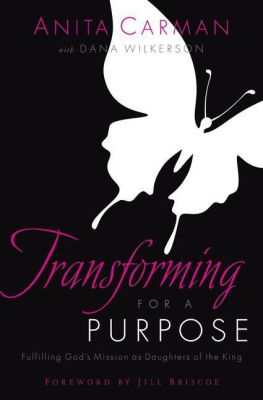
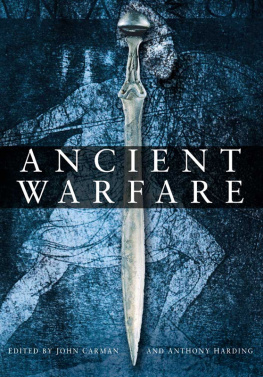
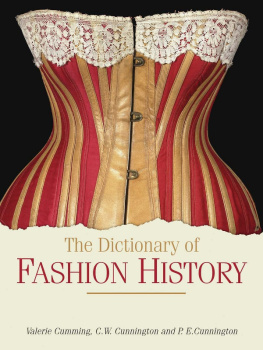
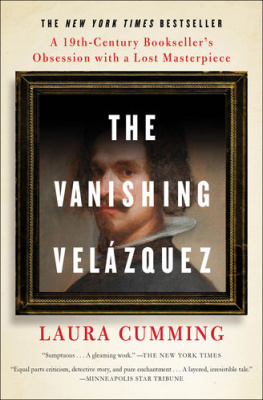
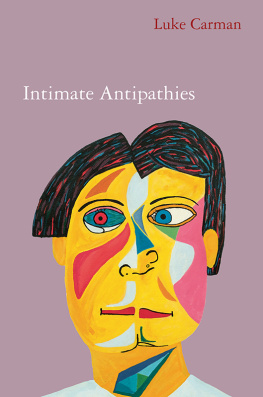
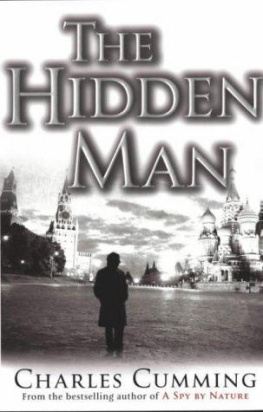
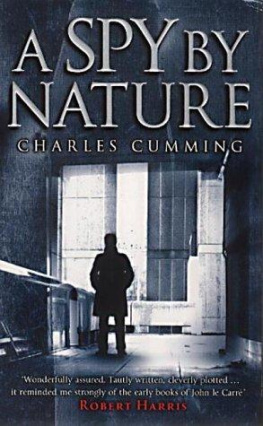
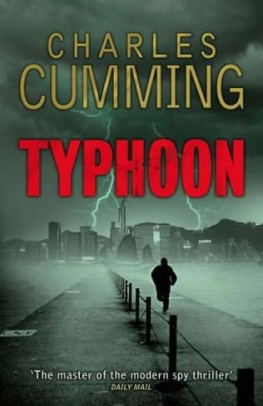


 This book is printed on acid-free paper.
This book is printed on acid-free paper.